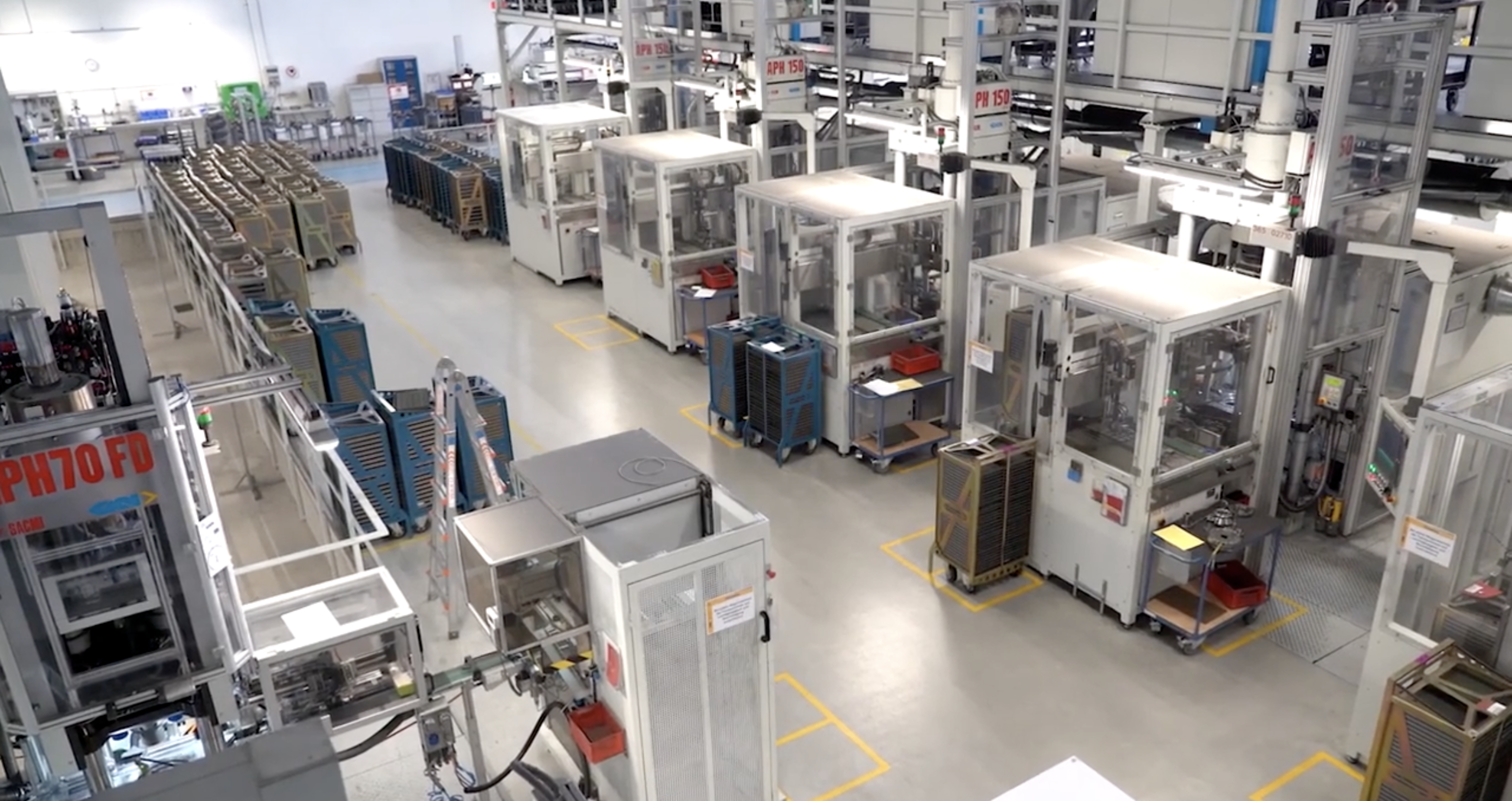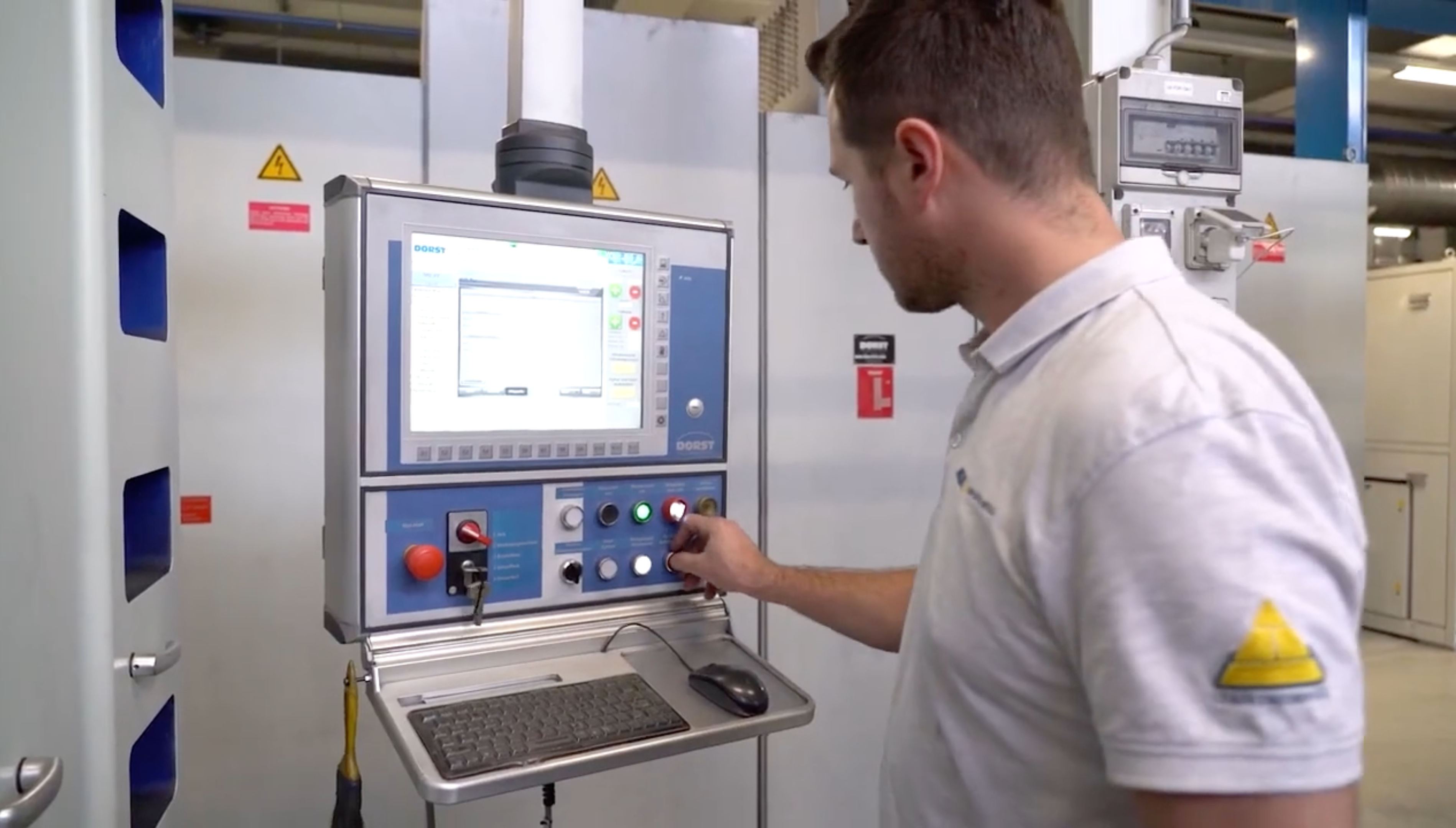If you’re looking to reduce unplanned downtime, lower maintenance costs, and improve asset reliability in manufacturing, you should read this—because predictive maintenance software is the key enabler behind next-generation operational efficiency.
What Is Predictive Maintenance Software?
Predictive maintenance software uses real-time data, AI algorithms, and historical trends to anticipate equipment failures before they occur. Unlike preventive maintenance, which follows a fixed schedule regardless of actual equipment condition, predictive maintenance (PdM) adapts based on current operational data, allowing companies to intervene only when necessary.
At its core, this software integrates with sensors and IoT devices on machines to collect continuous performance metrics—such as temperature, vibration, and power consumption. This data is then analyzed using machine learning models to forecast the likelihood of failure. When anomalies are detected, alerts are triggered, enabling maintenance teams to act proactively.
Why Predictive Maintenance Matters
Implementing predictive maintenance software can dramatically reshape the economics of industrial operations:
- Reduces unexpected downtime by up to 50% by identifying issues before they lead to breakdowns.
- Extends equipment life by 20–40%, as assets are serviced based on actual need rather than time-based cycles.
- Cuts maintenance costs by up to 30% by replacing reactive or scheduled maintenance with condition-based insights.
- Boosts safety by preventing failures that can lead to hazardous incidents or environmental issues.
For manufacturers running 24/7 operations, even one hour of unexpected downtime can result in significant losses. Predictive maintenance makes downtime predictable—and often, avoidable.
How Predictive Maintenance Software Works
The predictive maintenance process involves several key steps:
1. Data Collection
Sensors embedded in machines continuously gather data on key performance parameters such as vibration, acoustics, current, temperature, and pressure.
2. Data Aggregation and Normalization
Raw sensor data is consolidated in a centralized system and standardized for uniform analysis.
3. Machine Learning and AI Analysis
AI models—often trained on historical failure data—detect abnormal patterns that indicate potential component degradation or malfunction.
4. Prediction and Alerting
When the software predicts a possible failure, it generates an alert with insights like failure type, urgency, and recommended actions.
5. Maintenance Execution
Technicians can prioritize and perform maintenance with clear insights, reducing time spent on diagnostics and unnecessary repairs.
Key Features to Look for in Predictive Maintenance Tools
When evaluating predictive maintenance software, consider these features to ensure a comprehensive solution:
- Real-Time Monitoring: Continuous data feeds to avoid lag between issue detection and action.
- Scalability: Ability to handle hundreds of machines across multiple sites.
- Customizable Dashboards: Visualizations tailored to maintenance KPIs and equipment types.
- Automated Alerts and Reports: Custom thresholds and automatic diagnostics.
- Integration with ERP/CMMS Systems: Seamless handoff to existing workflows and maintenance planning systems.
- Edge Computing Capabilities: Local data processing to reduce latency and dependency on cloud bandwidth.
Common Use Cases by Industry
Predictive maintenance is transforming multiple industries by enabling proactive asset management:
Manufacturing
- CNC machines, robotic arms, and conveyors monitored to avoid halts in production.
- Systems like Workerbase’s real-time operations platform allow workers to react instantly to predicted failures.
Energy and Utilities
- Monitoring turbines, transformers, and pipelines to prevent catastrophic outages.
- Predictive alerts reduce risks in mission-critical systems.
Transportation and Logistics
- Real-time monitoring of vehicle engines, brakes, and tires.
- Ensures fleet availability and reduces operational costs.
Oil and Gas
- Detecting leaks and pipeline corrosion to prevent environmental disasters.
- Enhancing asset integrity in offshore and remote locations.
Challenges and Considerations
Despite its advantages, predictive maintenance implementation can come with hurdles:
- Data Quality Issues: Incomplete or noisy data can reduce accuracy.
- Upfront Investment: Requires sensors, infrastructure, and software integration.
- Change Management: Teams must be trained to trust and act on predictive insights.
- Cybersecurity: With increasing connectivity, protecting sensitive machine data is essential.
Still, with proper planning and support, most companies see ROI within 6–12 months of adoption.
Getting Started with Predictive Maintenance
Here’s a roadmap for rolling out predictive maintenance software in your operations:
- Assess Readiness: Inventory your assets and identify critical machines for pilot testing.
- Define Objectives: Align on KPIs—uptime, maintenance cost reduction, mean time between failures (MTBF).
- Choose the Right Tool: Evaluate platforms for compatibility, scalability, and analytics capabilities.
- Install Sensors and IoT Devices: Equip machinery with the necessary hardware.
- Train Your Team: Engage maintenance staff early, and offer training on dashboards and alerts.
- Start Small, Scale Fast: Begin with a pilot project, gather results, and expand to other asset classes.
Predictive Maintenance and Industry 4.0
Predictive maintenance plays a foundational role in smart manufacturing initiatives. It aligns with other Industry 4.0 technologies like:
- Digital Twins: Creating virtual models of equipment to simulate wear and failures.
- Edge AI: Bringing intelligence closer to the machine for real-time decisions.
- Automated Workflows: Triggering mobile tasks for operators based on predictive alerts.
Together, these enable a shift from reactive to prescriptive operations.
Why Predictive Maintenance Is Essential for Frontline Productivity
For companies relying on human-machine interaction—especially in dynamic environments like factories—predictive maintenance supports frontline efficiency. Platforms like Workerbase integrate predictive alerts into wearable apps, allowing operators to take immediate action.
This combination of AI and human responsiveness improves uptime and keeps production running smoothly. By embedding predictive insights into daily workflows, companies unlock real-time adaptability—a key driver of competitive advantage in modern manufacturing.
FAQ
Q: Is predictive maintenance suitable for small or medium-sized manufacturers?
Yes. Modern cloud-based solutions lower the barrier to entry, and many providers offer modular or per-machine pricing.
Q: What’s the difference between predictive and condition-based maintenance?
Condition-based maintenance reacts to current conditions (e.g., temperature spike). Predictive maintenance uses historical trends and AI to forecast failures before symptoms appear.
Q: Do I need a data scientist to implement predictive maintenance?
Not necessarily. Many platforms offer plug-and-play analytics, though larger deployments may benefit from internal data expertise.
Conclusion: Empowering the Frontline with Data-Driven Maintenance
Predictive maintenance software is no longer optional—it’s a strategic necessity for any organization seeking to minimize downtime, lower costs, and improve machine reliability. By making maintenance proactive and data-informed, it enables operational resilience in the face of increasing complexity.
At Workerbase, we believe the future of manufacturing is one where every worker has access to real-time, predictive insights. Our platform integrates predictive maintenance alerts into wearable and mobile workflows, ensuring that your frontline is not just informed—but empowered to act fast and smart.
Get in touch with us below to discover how Workerbase supports predictive maintenance workflows and drives agile, resilient production environments.




